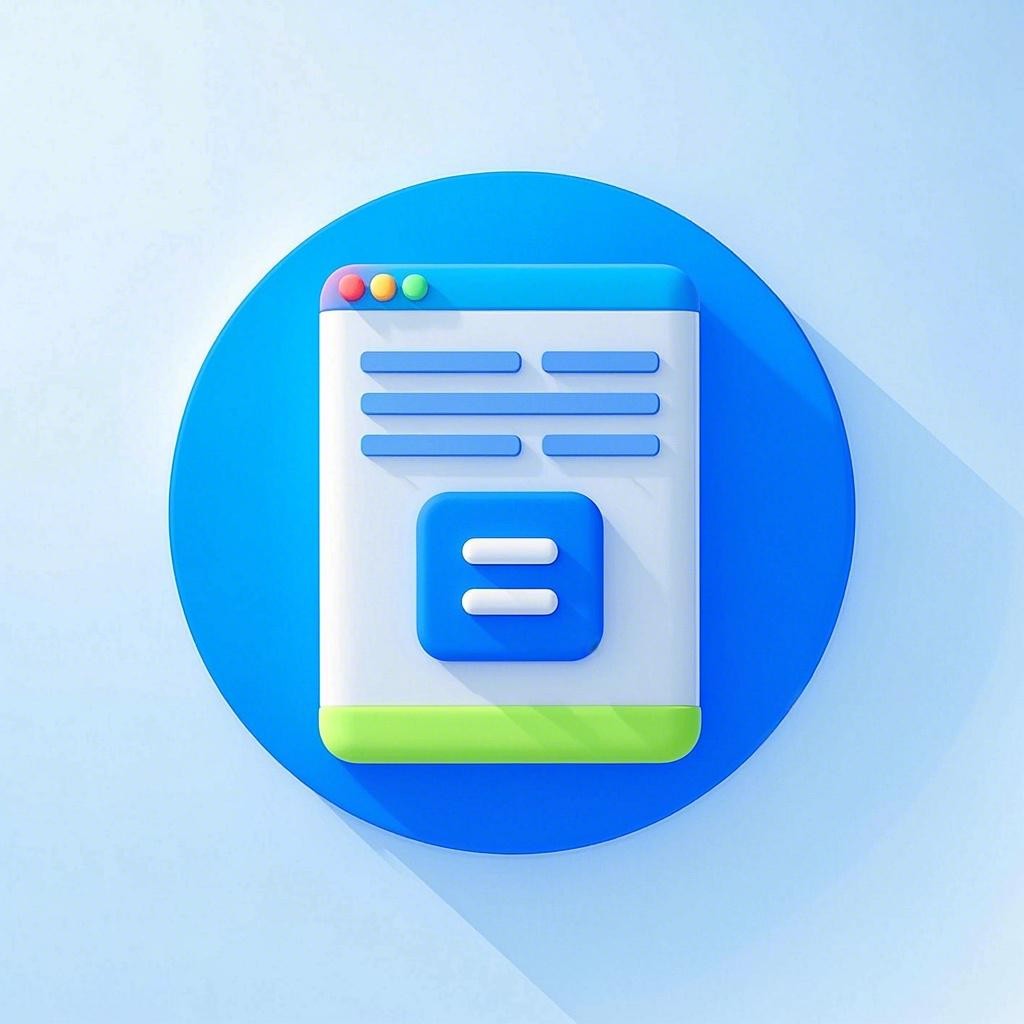引言
Spring框架作为Java企业级开发的事实标准,已经成为众多开发者的首选。它通过简化Java应用的开发和测试,提高了开发效率。本文将深入解析Spring框架,从实战出发,探讨其核心组件、设计原理以及在实际项目中的应用。
Spring框架概述
核心概念
Spring框架的核心概念包括:
- 控制反转(IoC):将对象的创建和生命周期管理交给Spring容器,降低对象间的耦合度。
- 依赖注入(DI):通过IoC实现,将对象依赖关系在配置中进行管理。
- 面向切面编程(AOP):将横切关注点(如日志、事务管理)与业务逻辑分离。
核心模块
Spring框架包含以下核心模块:
- Spring Core Container:提供IoC和DI支持。
- Spring AOP:支持面向切面编程。
- Spring MVC:提供Web应用开发支持。
- Spring Data:提供数据访问和持久化支持。
- Spring Integration:提供集成其他框架的支持。
Spring框架实战解析
实例:创建一个简单的Spring应用
- 创建Maven项目:在IDE中创建一个Maven项目,并添加Spring依赖。
<dependencies>
<dependency>
<groupId>org.springframework</groupId>
<artifactId>spring-context</artifactId>
<version>5.3.10</version>
</dependency>
</dependencies>
- 配置Bean:在
applicationContext.xml中配置Bean。
<bean id="helloService" class="com.example.HelloService"/>
- 使用Bean:在Java代码中注入并使用Bean。
ApplicationContext context = new ClassPathXmlApplicationContext("applicationContext.xml");
HelloService helloService = context.getBean("helloService", HelloService.class);
System.out.println(helloService.sayHello());
实例:依赖注入
- 创建一个服务接口和实现类。
public interface MessageService {
String getMessage();
}
public class MessageServiceImpl implements MessageService {
@Override
public String getMessage() {
return "Hello, World!";
}
}
- 在配置文件中配置依赖注入。
<bean id="messageService" class="com.example.MessageServiceImpl"/>
- 使用依赖注入。
public class HelloService {
private MessageService messageService;
public void setMessageService(MessageService messageService) {
this.messageService = messageService;
}
public String sayHello() {
return messageService.getMessage();
}
}
Spring框架深度揭秘
核心组件解析
- BeanFactory:Spring容器的基本实现,负责创建和管理Bean。
- ApplicationContext:扩展了BeanFactory,提供了更多企业级服务,如国际化、事件等。
- BeanPostProcessor:在Bean创建后调用,用于修改Bean的属性。
- BeanFactoryPostProcessor:在BeanFactory初始化时调用,用于修改BeanFactory的配置。
设计原理
- IoC:通过反射机制实现,将对象的创建和生命周期管理交给Spring容器。
- DI:通过IoC实现,将对象依赖关系在配置中进行管理。
- AOP:通过动态代理实现,将横切关注点与业务逻辑分离。
总结
Spring框架作为Java企业级开发的事实标准,具有广泛的应用场景。通过本文的实战解析和深度揭秘,读者可以更好地理解Spring框架的核心概念、设计原理以及在实际项目中的应用。
